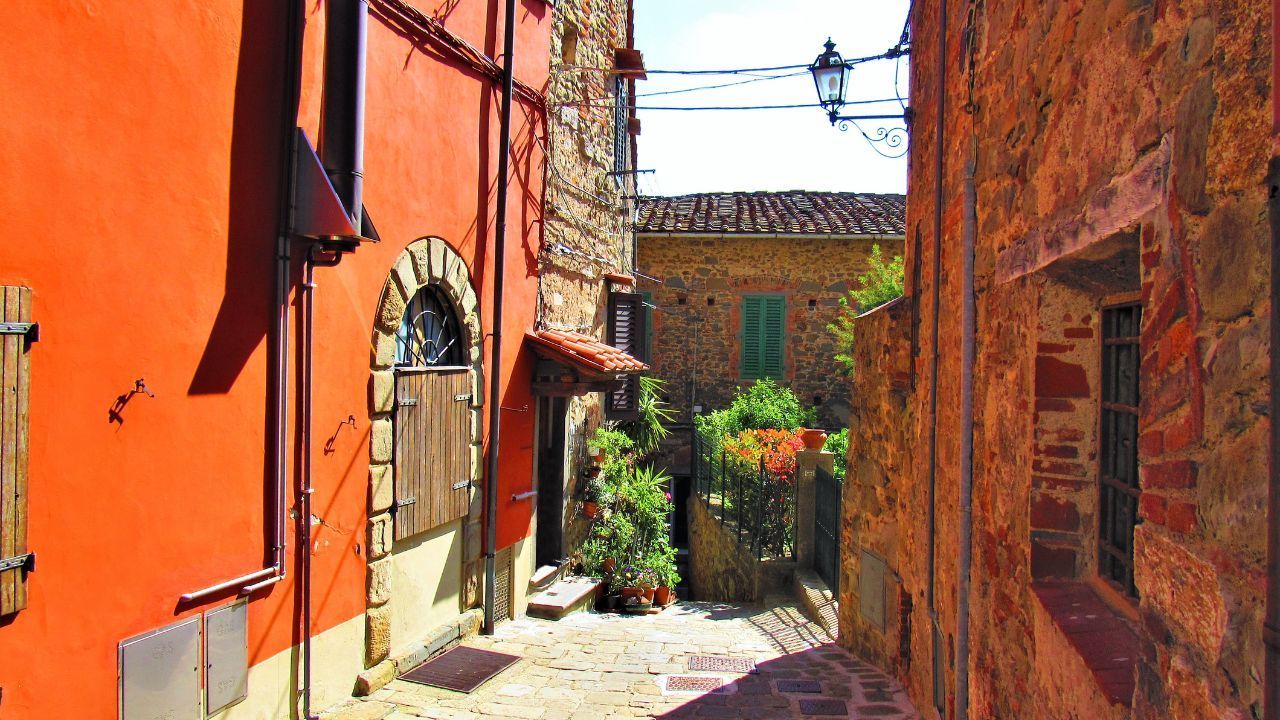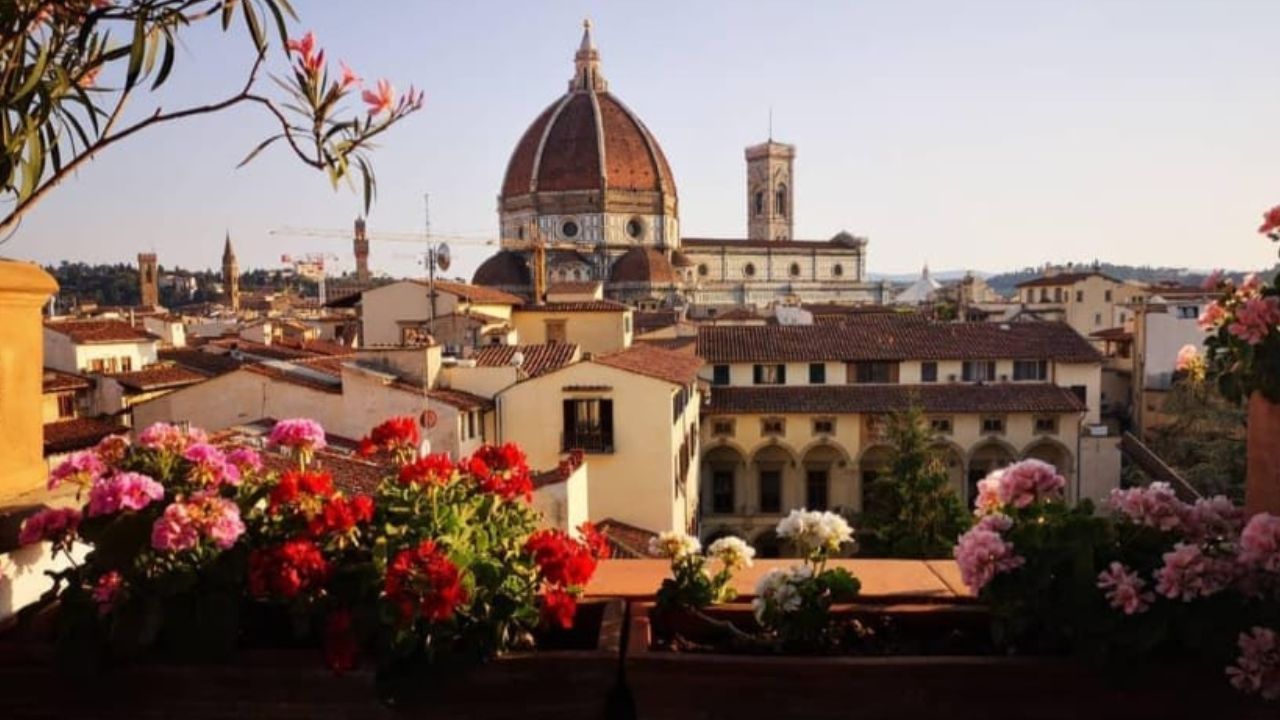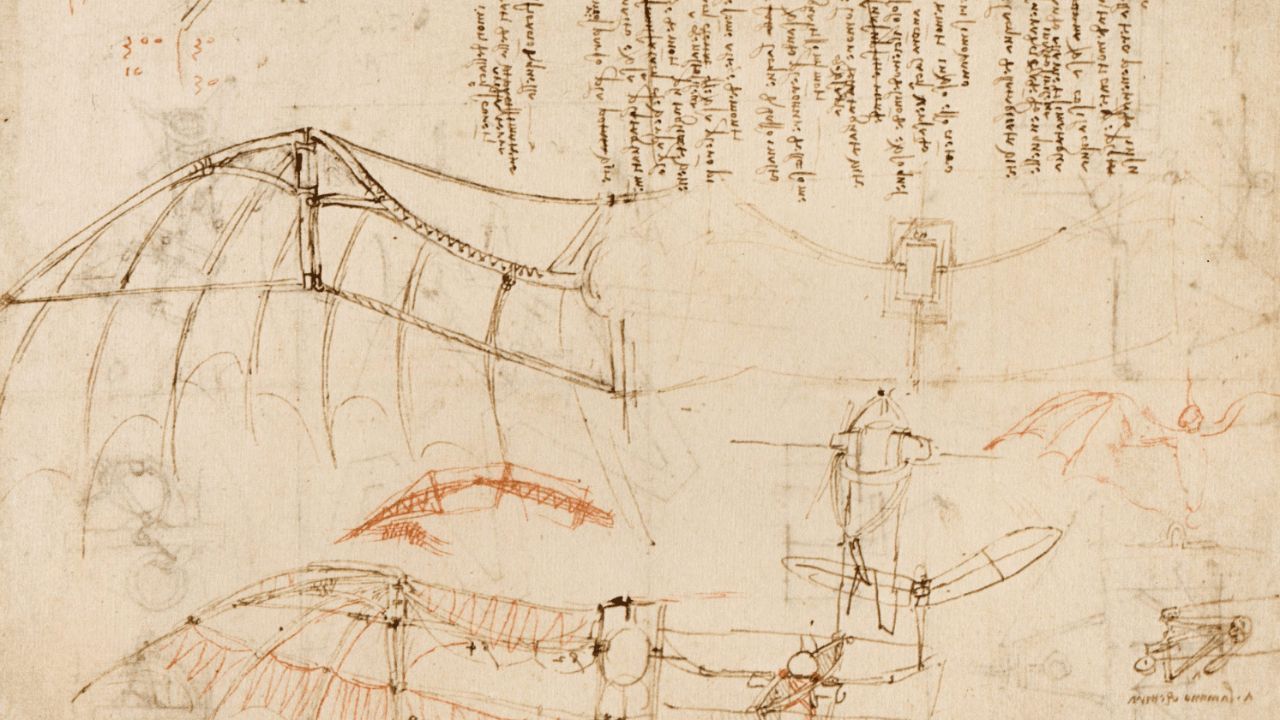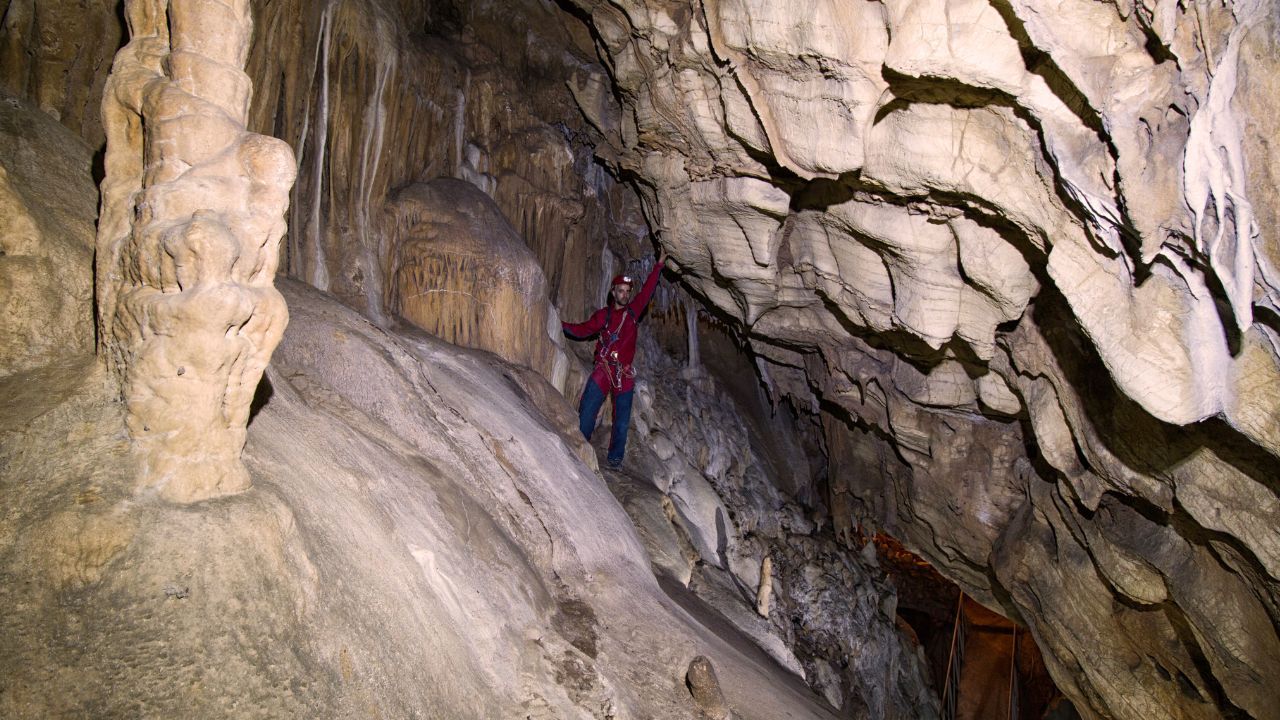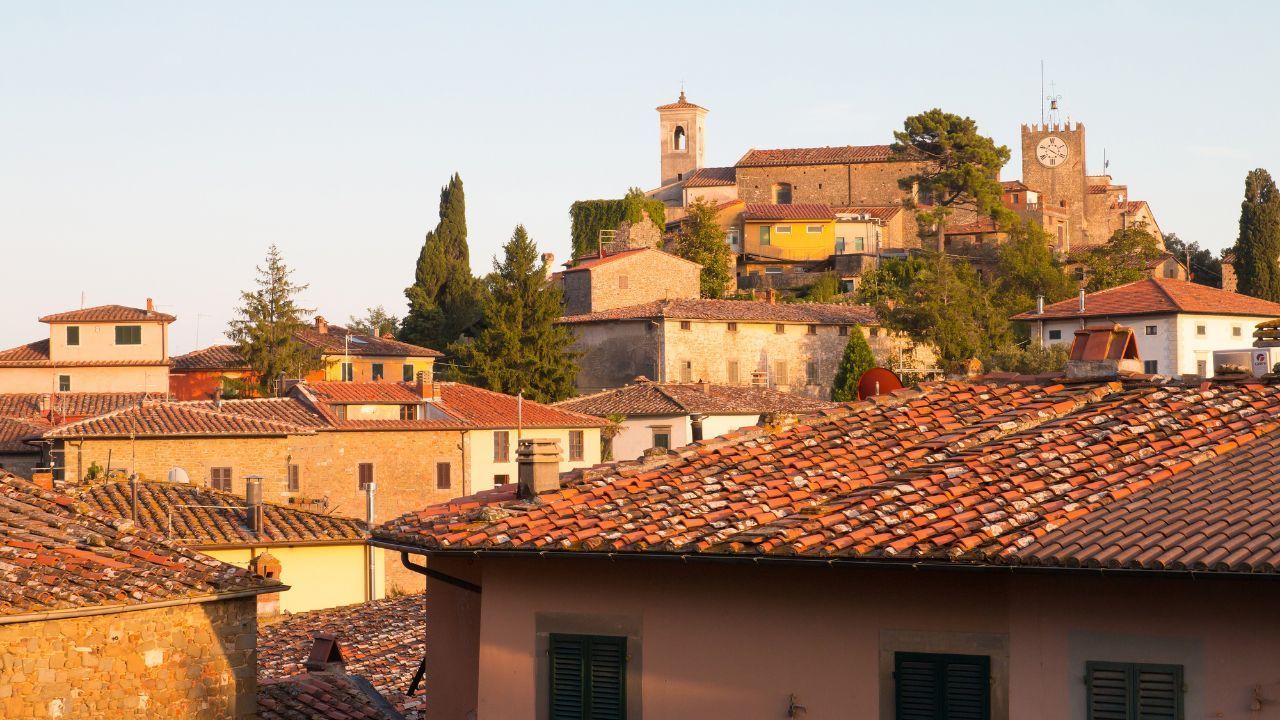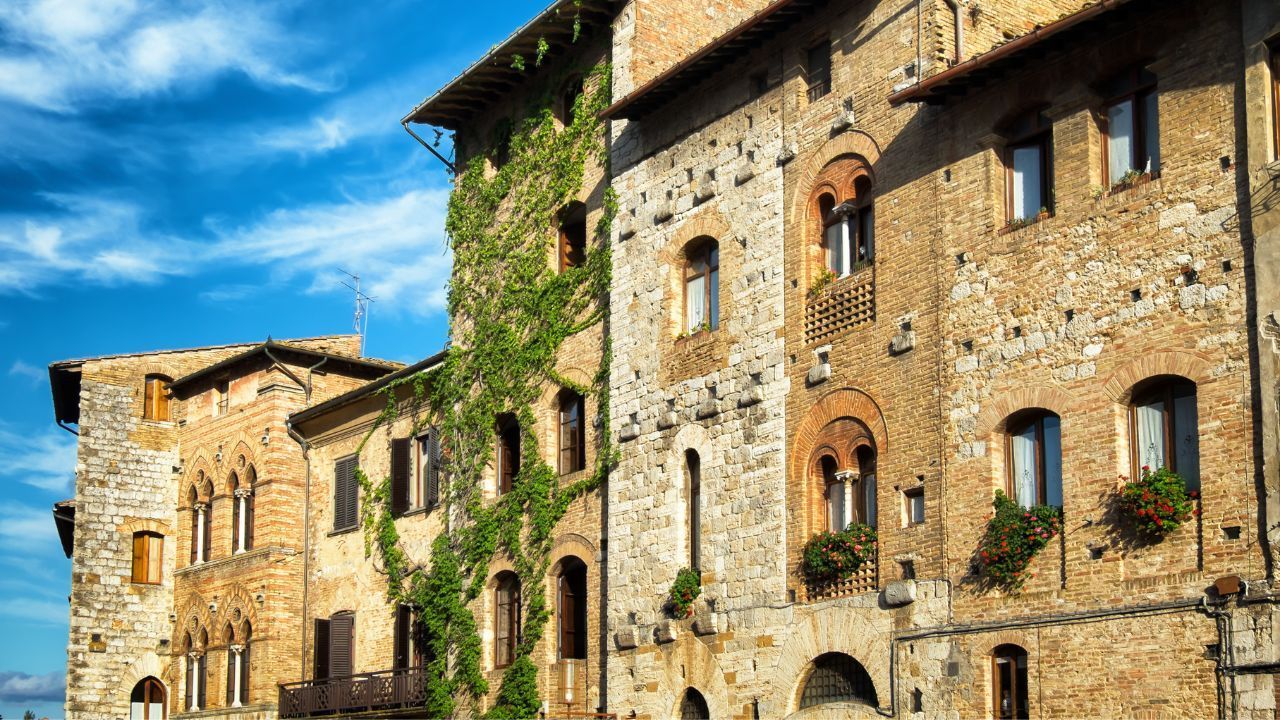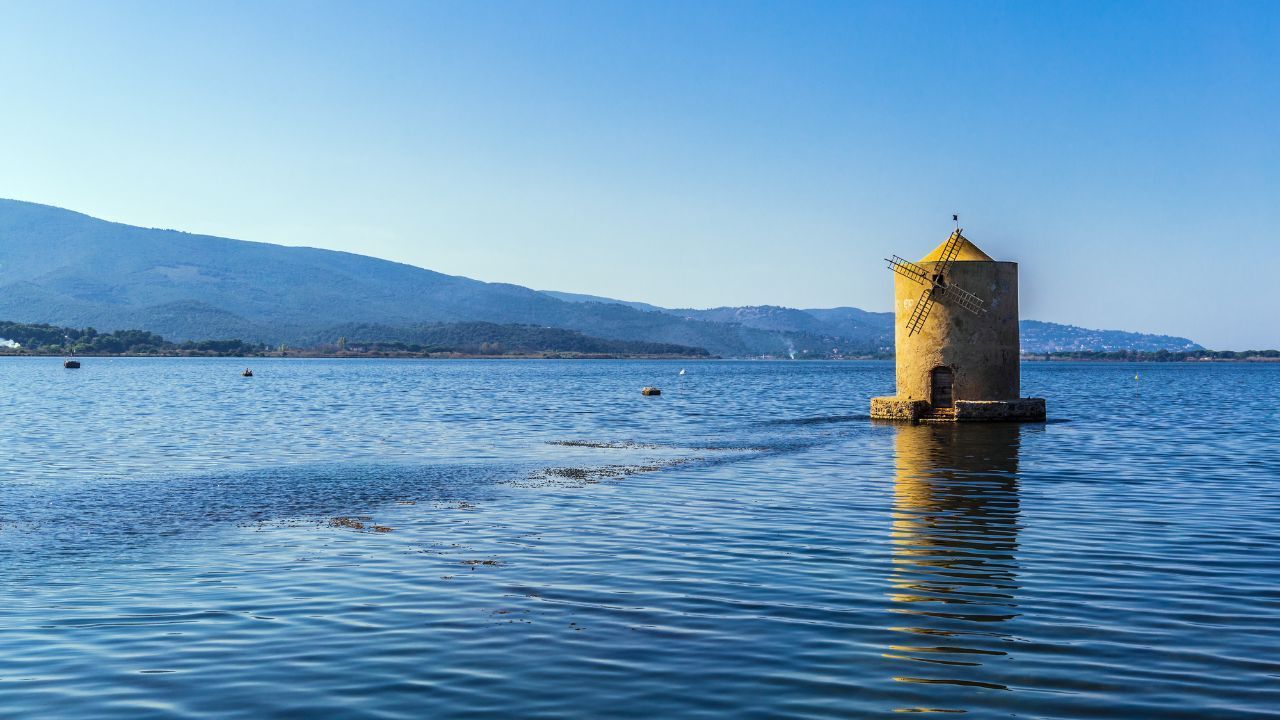Vasari Corridor: What It Is, How to Visit It and Why It's a Hidden Jewel of the Uffizi and Giorgio Vasari's Legacy
The Vasari Corridor is one of Florence’s most extraordinary and exclusive architectural marvels—an elevated passageway that reveals a hidden side of the city’s Medici past. Suspended above streets, river, and rooftops, this secret walkway connects the Uffizi with Pitti Palace, embodying the vision and genius of Giorgio Vasari.
But what is the Vasari Corridor exactly? Why was it built, and how can you visit it today?
In this guide, you’ll uncover its fascinating story, walk through centuries of art and power, and learn how to make your visit truly unforgettable.
Giorgio Vasari
Let's begin giving you some information about the master who designed this aerial footpath.
Giorgio Vasari was more than just a chronicler of artists: born in Arezzo in 1511 and passing in Florence in 1574, Vasari authored Le Vite, a monumental compendium of artists’ biographies spanning from the Middle Ages through the early 1500s. As such, Vasari is indispensable for art historians studying Italian art from the Duecento to the Cinquecento. He is indeed considered one of the first Art Historian and critic.
Yet his genius extended far beyond writing.
Transition, he was also an accomplished architect—credited with designing the Uffizi building in Florence—and a prolific painter, ranking among the foremost of his era.
A favorite of patrons and courtiers, real rivalries marked his career. He was indeed a real "straight from the shoulder" man, and most of the time... in a negative way!
In the second edition of his Le Vite (1568), Vasari did not hesitate to criticize contemporaries harshly. He described Baccio Bandinelli as “molto villano di parole” (scoundrel and peasant) and intolerable in demeanour.
Regarding Benvenuto Cellini—though admiring some of his works—Vasari never compared him favorably to Michelangelo, subtly discrediting Cellini by omission.
In turn, Cellini called Vasari an “empio botolo” (as cruel mutt).
Still, Vasari enjoyed close friendships with figures such as Ammannati, Bastiano da Sangallo, and Garofalo, and spent much of his career as a court artist for the powerful Medici family.
Giorgio Vasari at the Medici Court
From his arrival in Florence in 1524—through the patronage of Cardinal Silvio Passerini, tutor to Ippolito and Alessandro de’ Medici—Giorgio Vasari developed a lifelong link with the Medici dynasty.
Indeed, it was Ippolito de'Medici who commissioned his early work: Cristo Portato al Sepolcro (1532), now in Casa Vasari.
Through this connection, Vasari traveled to Rome under Pope Clement VII (Giulio de’ Medici), studying classical antiquity and masterpieces by Raphael and Michelangelo—dramatically shaping his artistic breadth. Another major patron, Ottaviano de’ Medici, entrusted him with the Portrait of Lorenzo il Magnifico and the Portrait of Alessandro de’ Medici (1534), now housed in the Uffizi.
Vasari also executed the monumental fresco Battle of Scannagallo in Palazzo Vecchio’s Salone dei Cinquecento, notable for the hidden inscription “cerca trova”, emblematic of his clever narrative style.
If you're curious about Medici's Family history and you'd like to dig deeper in their legacy we highly suggest to save some time in Florence for this amazing walking tour: THE MEDICI'S: the Dinasty, the Palaces, the Movie.
Vasari Corridor: Bits of History
When you seek Vasari Corridor, here is what art lovers must know. The striking Vasari Corridor is an elevated walkway stretching nearly one kilometre across Florence—from the Uffizi (via Palazzo Vecchio) to Palazzo Pitti—designed by Giorgio Vasari in 1565.
Commissioned by Grand Duke Cosimo I de’ Medici for his son Francesco’s wedding, the corridor was built astonishingly in just five months.
It links political power and private residence—from the Uffizi to Boboli Gardens and the Pitti Palace—offering panoramic views of Florence from its 73 windows.
Above all, the corridor passes over the Arno River and the Ponte Vecchio—where butcher shops were replaced by goldsmiths in 1593 to avoid offending the Grand Duke’s nose!—winds through palaces, bypasses the stubborn Mannelli Tower, and even traverses inside Santa Felicita Church.
Vasari Corridor what it is
Answering Vasari corridor what is it, the corridor begins inside Palazzo Vecchio’s Sala Verde—once the apartment of Eleonora di Toledo—then soars above Via della Ninna into the Uffizi. From there, visitors walk through all three Upper Corridors, arriving at a staircase leading to Lungarno Anna Maria Luisa de’ Medici.
The elevated passage continues over Ponte Vecchio, curves past the Mannelli Tower, and traces Via de’ Guicciardini, skirting Santa Felicita. Finally, it crosses the Arno again and reappears above the Church, where the Medici watched mass from a private grated window and balcony—a privileged vantage point.
Some houses on the route were literally pierced to accommodate the corridor; all owners consented except the Mannelli family, forcing Vasari to divert the alignment around their tower. For nearly two centuries, this approximately 1 km corridor was used exclusively by Medici courtiers, travelled in a small carriage, and equipped with benches for rest—truly a princely “footpath.”
Vasari Corridor during XX century
During the 20th century, the Vasari Corridor played a surprising political role. In 1938, Adolf Hitler visited Mussolini in Florence, and Mussolini had three large rectangular windows opened over Ponte Vecchio so Hitler could enjoy the Arno views—those openings remain clearly visible today.
By tradition, that picturesque vista is said to have spared Ponte Vecchio from bombs demolition by German forces during World War II.
In the 20th century, the Corridor was used to display the Uffizi’s world‑famous collection of artists’ self‑portraits, begun by Cardinal Leopoldo de’ Medici in the 17th century and including names like Rubens, Canova, Ingres and others. This corridor museum truly is one‑of‑a‑kind. Its recent refurbishments bring modern safety, accessibility, air‑conditioning, and energy‑saving upgrades, while preserving the historic charm that Cosimo admired centuries ago.
In May 1993, tragedy struck: a mafia bombing near Torre dei Pulci, precisely in Via dei Gergofili, severely damaged the corridor and Uffizi, killing five. Paintings exploded off the walls; some were irreparably harmed. After restoration artworks were deliberately re‑hung in place as a memorial to the victims. The corridor bears these scars and survives as a symbol both of beauty and resilience.
How to visit the Vasari Corridor
After being closed in 2016 for safety upgrades—including a major renovation since the 1990s—the corridor reopened on December 21, 2024 (if booked during high‑season). Today visitors enter via the Uffizi, walk above Ponte Vecchio, and exit through Boboli Gardens next to the Buontalenti Grotto. The path measures about 750 metres: it's a scenic, elevated journey originally designed by Giorgio Vasari.
Remember: Booking is mandatory!
Main information for your visit at the Vasari Corridor
If you're looking to visit the Vasari Corridor starting from the Uffizi you should probably know:
- Total route: ~1 km including ~100 metres from the Boboli Grotto to Palazzo Pitti’s Cortile dell’Ammannati.
- Visit duration: ~45 minutes, with no prolonged stops.
- First daily slot begins at 10:15, final entry at 16:35.
- Tours are limited to 25 people (plus 2 Uffizi staff escorts).
- Groups must remain together for safety; follow staff direction at all times.
- Visitors enter through the Galleria delle Statue e delle Pitture and exit via the Boboli Gardens near Palazzo Pitti. Plan to carry only small essentials—no large bags, suitcases, or umbrellas.
- Audioguides acquired inside the museum must be returned before corridor access; failure to do so will require exiting via an external return route through Piazza Pitti, Via Guicciardini, Ponte Vecchio, and Uffizi Piazzale.
- Note: Uffizi staff provide accompaniment, not guided commentary.
Why choose a tour with TuscanyDailyTours?
If you’re looking for an unforgettable and exclusive experience reserve now your spot!
Wnjoy the expertise and comfort of Tuscany Daily Tours (powered by Ranieri Tour Operator). We can offer you a super-easy booking process, plus offers expert guided access plus the Uffizi visit.
Let us guide you through hidden passageways and secret views that very few ever see—book your Small group guided tour of the Uffizi Gallery and the Vasari Corridor with skip the line entrance with Tuscany Daily Tours and immerse yourself in Florence from above.
